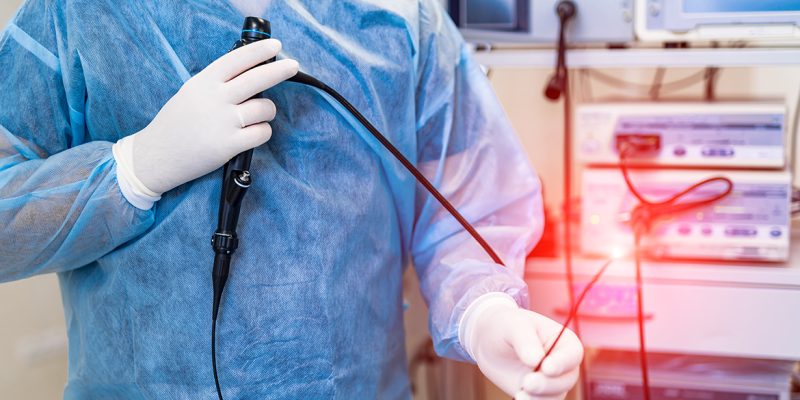Endoscopy is a medical procedure that allows a doctor to look inside the body using an endoscope, which is a long, thin tube with a camera and light on the end. The procedure is commonly used to diagnose and treat a variety of medical conditions, and it can be performed on different parts of the body, including the digestive system, respiratory system, and urinary tract. In this article, we’ll discuss the endoscopy procedure, its benefits, and risks.
What is Endoscopy?
Endoscopy is a minimally invasive procedure that allows doctors to examine the inside of the body without making large incisions. During the procedure, a doctor will insert an endoscope through a natural opening in the body or a small incision. The endoscope is equipped with a camera and light, which allows the doctor to see the inside of the body on a video screen.
Benefits of Endoscopy
Endoscopy has several benefits compared to traditional surgery. Because it is minimally invasive, it typically results in less pain, scarring, and recovery time. In addition, because endoscopy does not require large incisions, it reduces the risk of complications such as bleeding and infection. Endoscopy can also be used to perform certain medical procedures, such as removing polyps from the colon or repairing a bleeding ulcer in the stomach.
Risks of Endoscopy
Like all medical procedures, endoscopy comes with some risks. These risks can include bleeding, infection, and damage to surrounding organs. In rare cases, the endoscope can cause a tear or perforation in the wall of the organ being examined. The risk of complications is typically low, but it is important to discuss the risks and benefits of endoscopy with your doctor before undergoing the procedure.
Types of Endoscopy
There are several different types of endoscopy, each of which is used to examine a different part of the body. Some common types of endoscopy include:
- Gastrointestinal Endoscopy: This type of endoscopy is used to examine the digestive system, including the esophagus, stomach, and small intestine.
- Bronchoscopy: This type of endoscopy is used to examine the respiratory system, including the lungs and airways.
- Cystoscopy: This type of endoscopy is used to examine the bladder and urinary tract.
Preparing for Endoscopy
Before undergoing endoscopy, it’s important to follow your doctor’s instructions regarding food and drink restrictions. In some cases, you may need to fast for a certain period of time before the procedure.
Your doctor may also ask you to stop taking certain medications that can increase the risk of bleeding. It’s important to discuss any medications you are taking with your doctor before undergoing endoscopy.
Endoscopy is a safe and effective procedure that can help diagnose and treat a variety of medical conditions. If you are scheduled to undergo endoscopy, here are some things to keep in mind:
- Follow your doctor’s instructions: Before the procedure, your doctor will provide you with specific instructions on how to prepare. It’s important to follow these instructions carefully to ensure the best possible outcome.
- Ask questions: If you have any questions or concerns about the procedure, be sure to discuss them with your doctor beforehand. They can help you understand what to expect and address any concerns you may have.
- Arrange for transportation: You will likely be given sedatives during the procedure to help you relax. As a result, you will not be able to drive for several hours afterward. Be sure to arrange for transportation to and from the procedure.
- Plan for recovery: While endoscopy is minimally invasive, it can still take some time to recover. Plan to take it easy for the rest of the day after the procedure and avoid strenuous activity for a few days afterward.
- Follow up with your doctor: Your doctor will likely schedule a follow-up appointment to discuss the results of the procedure and any next steps. Be sure to attend this appointment and ask any questions you may have.
Conclusion
Endoscopy is a valuable tool that can help diagnose and treat a variety of medical conditions. While the procedure does come with some risks, these risks are typically low and the benefits outweigh them for most patients. If you are scheduled to undergo endoscopy, be sure to follow your doctor’s instructions and ask any questions you may have.







Comments